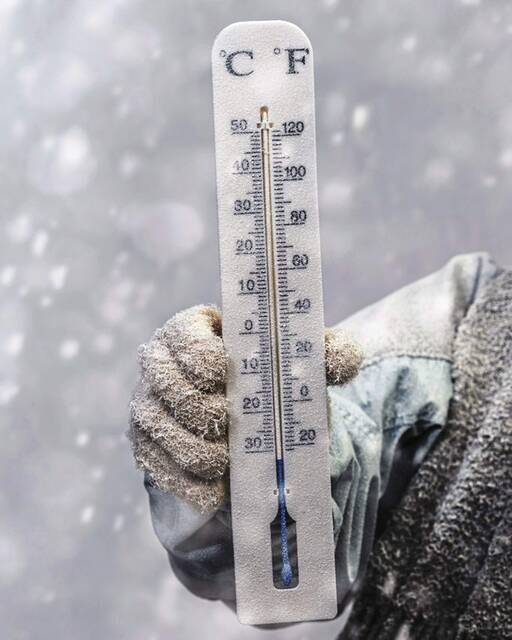Destenie Nock: Heat or hope — what happens when energy aid freezes before winter
There are life-and-death consequences for millions of households as a result of the ongoing government shutdown. Every fall, millions of families wait for the Low-Income Home Energy Assistance Program (LIHEAP) to begin aid distribution so they can manage their energy bills.
This year, that wait is stretching into winter.
Because of the government shutdown, along with mass federal layoffs, the distribution of LIHEAP funds has been thrown into chaos. Normally, by late October, about 90% of federal funds have already been sent to states and tribes to help families prepare for colder weather. This year, even if Congress resolves the budget impasse soon, many states may not receive these energy assistance dollars until December. Right in the middle of pipe-freeze season.
LIHEAP is one of the nation’s most important safety nets, helping low-income households pay their heating and cooling bills, and it enjoys broad bipartisan support. Even in normal years, it reaches only about 17% of eligible families, leaving millions unprotected from energy insecurity. Now, even that limited lifeline has been cut.
In my research, which uses smart-meter data from Mid-Atlantic households, we found that despite what is commonly thought, LIHEAP funds are not used by households to over-consume energy. While some households use slightly more energy after receiving aid, the majority of homes don’t change the amount of heating and cooling they use. So these funds, which should help people thrive through the cold months, are barely enough to help people survive the winter. In some cases, energy use even drops after receiving assistance, meaning families continue rationing their energy usage because they are worried that their bills will rise beyond what their bank accounts can handle.
LIHEAP isn’t just a bill-payment program; it’s a public health tool and an economic stabilizer. Energy keeps people alive. It keeps pipes from freezing, medicine and food from spoiling, and children from shivering through the night. When the government delays or underfunds energy assistance programs, they’re not saving the average family money. Instead, they are just shifting the burden of unaffordable energy systems to hospitals (increased hypothermia and heat stroke visits), utilities (more unpaid bills), and families who quietly suffer in their homes (the energy affordability crisis of our time).
This year’s crisis shows that we can’t keep running essential programs on a political clock that may or may not put social services on the chopping block. LIHEAP’s dependence on annual budget negotiations leaves families uncertain each fall, and given that we are pushing to electrify our heating and transportation sector, that uncertainty is unacceptable.
Here’s what we can do now.
First, utilities should suspend disconnections for overdue bills until federal aid flows again. No one should lose power because of a budget fight they didn’t cause or want to participate in. Then, once the dollars flow, the government needs to quickly distribute the funds so that unpaid bills don’t skyrocket to unsustainable levels.
Second, states and utilities should make use of or create bridging programs — short-term credits or deferred-payment options — to cover the gap until LIHEAP funding resumes.
Finally, we need to recognize that energy is essential and create permanent reform. LIHEAP should have automatic funding during shutdowns and measure success by more than dollars spent. We need metrics that capture whether families can actually stay warm in the winter and cool in the summer.
Each year, people die from hypothermia, heat stroke and house fires caused by unsafe heating (e.g., plug-in space heaters). These are fully preventable deaths. We simply need to enable people to use enough energy in their homes.
No one should have to ration heat in a country that exports energy. As Washington argues over budgets, let’s remember one thing: winter won’t wait for a solution. It is imperative to fund LIHEAP and ensure everyone can heat their home to a safe and comfortable temperature.
Destenie Nock is the CEO of Peoples Energy Analytics and an assistant professor at Carnegie Mellon University.
Remove the ads from your TribLIVE reading experience but still support the journalists who create the content with TribLIVE Ad-Free.

